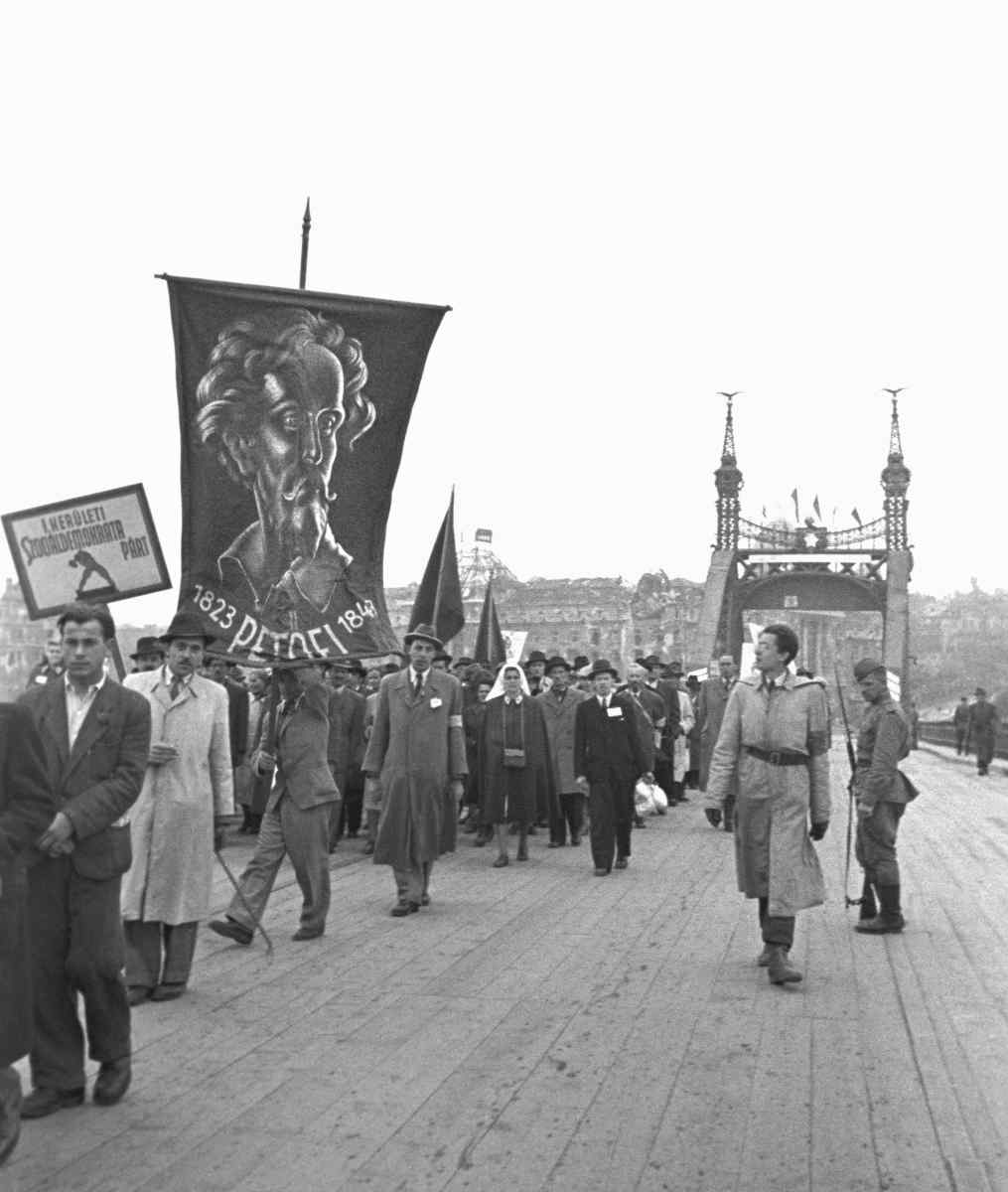Petőfi Mirages
Program Series

“Let's admit it, we invented Sándor Petőfi.”
Béla Markó. The Petőfi Project. Élet és Irodalom, January 20, 2023.
“[For] the Hungarian public, the first poet is Sándor Petőfi. This is not to say that he is the best or the greatest poet (although there are many who think so), but that there is hardly anyone in the Hungarian-speaking community who can read and write who has not heard of Petőfi’s name and his importance, who does not know that he was a poet...” – wrote István Margócsy aptly in the preface to his collection of texts on Petőfi’s memory.
The Memory of Sándor Petőfi. Ed. István Margócsy. Osiris Publishing House, Budapest, 2022. p. 9.
The poet, who died 176 years ago, has been shrouded in myth and legend ever since. It is known that even at the beginning of the 20th century there were rumors that Petőfi was alive and walking among us incognito. Some people still believe that Petőfi was deported by the Russians and died in exile in Siberia, and his alleged remains were buried in 2015 in Kerepesi cemetery. Over the past 150 years or so, almost all Hungarian political regimes and regimes have looked to his figure as a source of justification and sacral legitimacy for their rule. The further away they were from it, the more disingenuously, boisterously, and bombastically they did so.
So Petőfi is everywhere, in popular memory, in the false political origin stories, but this does not testify to Petőfi’s real presence, but rather to his absence. The fake Petőfi that lives on in popular memory and the political fake Petőfi that haunts political propaganda are the nightmares of a tormenting and indigestible absence. This is not surprising, since Petőfi’s aesthetic, moral, and political guiding principles—the inclusion of a people excluded from power in a national community based on equality and solidarity, freedom, independence, and democracy—could never be fulfilled in the realms of Hungarian national, state, and cultural existence. Something was always wrong; usually everything.
In the imagination of the Hungarian people, Petőfi is the symbol and embodiment of political and social conditions that do not exist and cannot be seen or experienced in reality but are always desired. This is the background of the legends and sometimes childish fantasies about his survival. It is as if we were unable to accept that he is no longer with us because then we would have to say goodbye to these desires too. This is also the reason why, from the Dual Monarchy to the autocratic and dictatorial regimes that followed, the authorities have always tried to authenticate themselves with a fake Petőfi, who only came somewhat closer to himself on those rare and brief occasions when people had a glimmer of hope that his ideas could become reality: in 1956 and during the years of the regime change, 1988–1990.
The Blinken OSA Archivum’s program series from mid-March to the end of May is not about Petőfi’s life and art, but about the history of Petőfi’s memory and its various aspects. We have been chasing Petőfi’s mirage for 176 years. A series of film screenings, theater performances, readings, and talks will offer insights into this history.